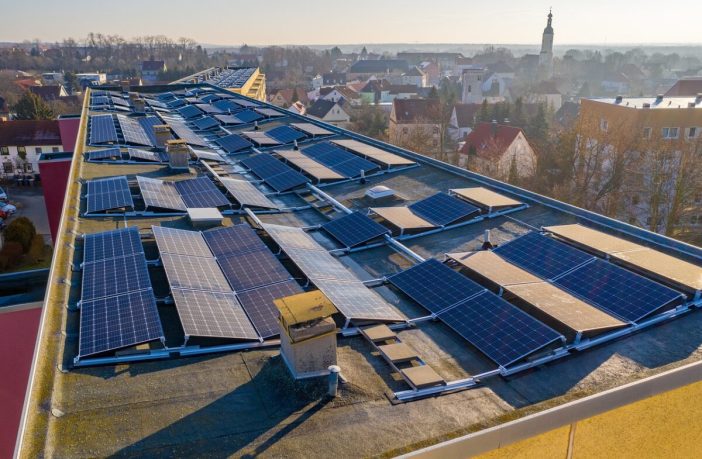- A new European research initiative has looked into the impact that regulations have on solar energy communities.
- The researchers have assessed two kinds of communities – one in which prosumers share the surplus energy created on their own rooftops, and another in which consumers share the energy generated by collectively owned PV.
“Given the increasing interest in energy communities throughout Europe, we assessed how the regulated electricity charges, energy prices, solar potential and the energy sharing arrangement affect the benefits and cost savings due to energy sharing,” Professor Vladimir Gjorgievski told pv magazine. “While much of the literature on energy sharing has focused on internal rules, there has been less attention paid to the role of external factors. This study aims to address this gap.”
The researchers looked into the impact that the exemption of regulated charges could have on two energy community types across 39 European countries. They found that communities relying on collectively owned PV systems achieve higher savings.
The researchers also conducted an analysis of energy and supply cost increases, to the extent of two to six times more than the 2021 prices. They have found that in the prosumer community, as energy and supply costs increase, the benefit from avoiding regulated charges becomes smaller. That is because the most significant cost savings in this arrangement come from self-consumption, a quantity not affected by changing regulated tariffs.
However, in the case of the second community, the impact of the regulated charges on the cost savings is much more notable as prices rise.
“In order to avoid resistance from stakeholders, it was suggested to introduce energy sharing regulation when energy and supply costs are high, since during this period community members can highly benefit from self-consumption and energy sharing, even if they pay most regulated charges,” the academics said.
They described the results in an article in Energy titled “Energy sharing in European renewable energy communities: Impact of regulated charges.” The researchers – from North Macedonia’s University in Skopje, the Macedonian Academy of Sciences and Arts, the International Center for Sustainable Development of Energy, and Italy’s Polytechnic University of Turin – have also looked into geographical patterns across the European continent.
Author: Lior Kahana
This article was originally published in pv magazine and is republished with permission.















